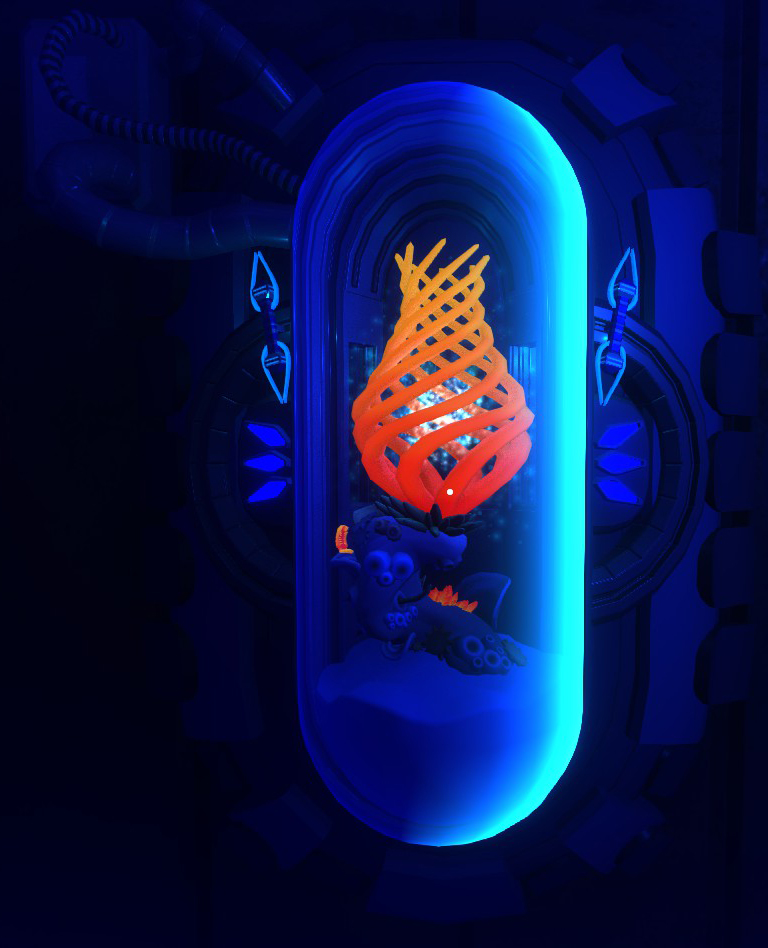

To date, this hasn’t really been a problem, particularly seeing as we’ve only sent a small handful of craft past Mars. The prospect of getting lost out in the emptiness is, frankly, terrifying. After all, space is mind-meltingly vast and mostly empty. Credit: NASAīut navigation is just as important. Interplanetary GPS For Voyager 2, out on the edge of our Solar system, conventional navigation methods don’t work too well.

Meanwhile, fusion rockets are expected to be able to take passengers on a round trip from Earth to Mars in just 30 days, and researchers elsewhere are working on real life warp drives, not unlike the ones we all know and love from the movies. Foundations such as Icarus Interstellar keenly advocate the development of new propulsion systems, with some systems such as the VASIMR thrusters appearing rather promising. Theories and ideas on spacecraft engines are plentiful. A specific class of neutron stars known as pulsars, defined by the repeated pulses of radiation they emit. The trick, according to a recent paper, may be to use pulsars as a form of interplanetary – and possibly even interstellar – GPS. Except that this time, the stars we’d use will be dead ones. Just as sailors once used the stars to navigate the sea, space travelers may be able to use the stars to navigate the solar system. Before this future can happen, however, there’s an important thing which is often overlooked in discussions on this subject.

We’re gearing up to take that next big step into the unknown – actually leaving the cozy protection of the Sun’s heliosphere and venturing into interstellar space. Picture the scene: It’s the not too distant future and humanity has started to construct colonies and habitats all across our solar system. On reddit he said, “I hope you like these posters and can help me come up with even more exciting projects!” You can see more of his work on his website here, including his great space infographics here.
#Pulsar lost colony reactor meltdown series
I decided to research and develop a series of infographics to better explain this to the everyday person.” “As an active member in space circles, I realized there was a lack of infographics that did a reasonable job of portraying comparisons between the various types of spacecraft while being visually appealing. “I find it fascinating that we as a society have the power to take a person, put that person inside a metal box on top of a cylinder filled with explosives and explore space,” he says on his website. Tyler said he’s always been passionate about space, spaceflight and human exploration in space. You can see the original “Rockets of the World” illustration from physics professor Peter Alway’s 1995 book “Rockets of the World” here. He used that poster as the impetus to continue the Rockets of the World poster. He took suggestions from fellow redditors to create the final version, below. “But rest assured there will be a version that includes the Falcon 9 Heavy as soon as it does.”Ī few months ago he created the “Rockets of Human Spaceflight” poster and posted it on reddit. “Just to keep things tidy I choose not to include rockets that haven’t flown yet on the off-chance they don’t actually make it off the ground,” Tyler said on reddit. He wanted an uncluttered look for his poster, and therefore used a set of rules to eliminate some rockets: The Rocket had to have more than 3 successful flights and each rocket had to be unique – no later versions from the same rocket family, such as the Soyuz.Īlso, rocket wannabes didn’t make the cut … not yet anyway.
#Pulsar lost colony reactor meltdown full
There just weren’t any posters that I could find that used consistent 3D full color renderings and that’s what I set out to create.”

But when I looked online to see if I could find a chart, all that existed were height comparisons using technical drawings with 3D renderings of newer rockets squished in. Three years ago I was just interested in rockets and wanted to see how the most popular rockets stacked up against each other. “The ‘Rockets of the World’ poster is something I put a lot of work into,” he said, “as it’s been my sole project for the last 3 months. It is available in various sizes on etsy here. Skrabek told Universe Today that he’s been working on this poster for 3 months, but he’s had the idea of creating it since 2012. “The ‘Rockets of the World’ poster emulates a 1960 style of drawing,” he said, “employing a consistent pallet across all rockets allowing for a distraction-free look at the size and power of the world’s greatest machines.” Inspired by a book and poster from 1995, titled “Rockets of the World,” graphic artist Tyler Skrabek has provided a new and updated “clean” look for his latest work.


 0 kommentar(er)
0 kommentar(er)
